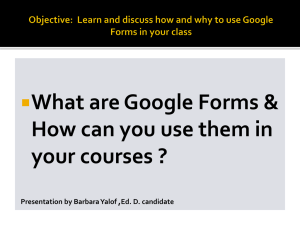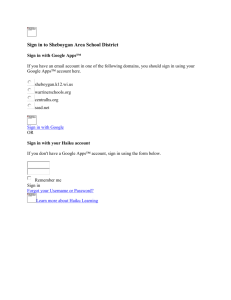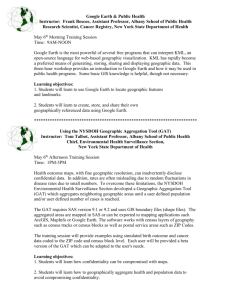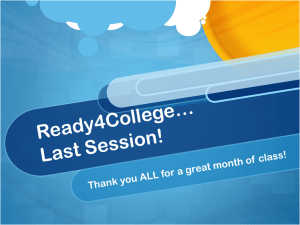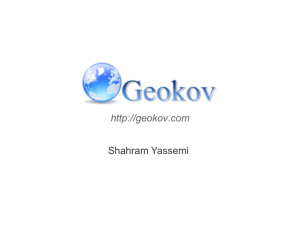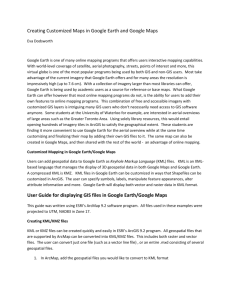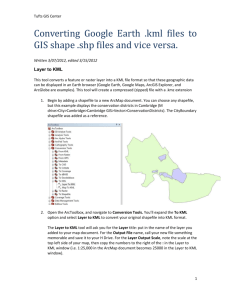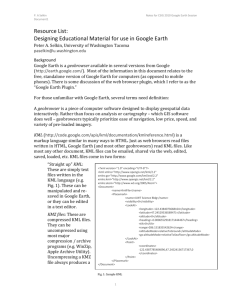Appendix B: Interactive Map
advertisement
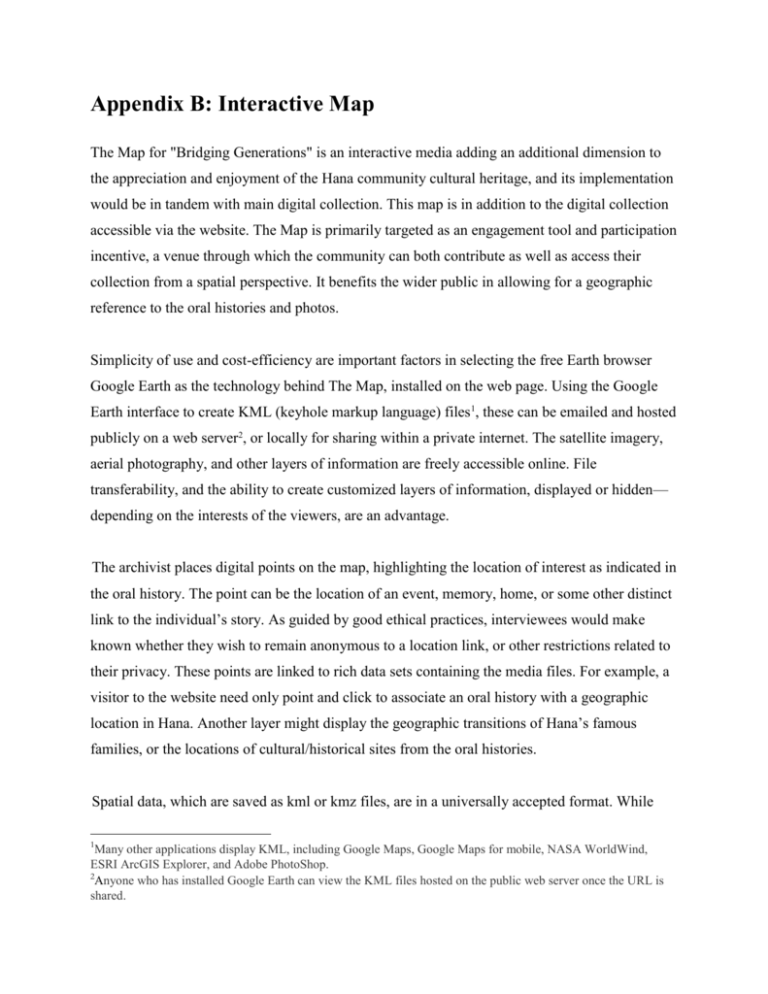
Appendix B: Interactive Map The Map for "Bridging Generations" is an interactive media adding an additional dimension to the appreciation and enjoyment of the Hana community cultural heritage, and its implementation would be in tandem with main digital collection. This map is in addition to the digital collection accessible via the website. The Map is primarily targeted as an engagement tool and participation incentive, a venue through which the community can both contribute as well as access their collection from a spatial perspective. It benefits the wider public in allowing for a geographic reference to the oral histories and photos. Simplicity of use and cost-efficiency are important factors in selecting the free Earth browser Google Earth as the technology behind The Map, installed on the web page. Using the Google Earth interface to create KML (keyhole markup language) files1, these can be emailed and hosted publicly on a web server2, or locally for sharing within a private internet. The satellite imagery, aerial photography, and other layers of information are freely accessible online. File transferability, and the ability to create customized layers of information, displayed or hidden— depending on the interests of the viewers, are an advantage. The archivist places digital points on the map, highlighting the location of interest as indicated in the oral history. The point can be the location of an event, memory, home, or some other distinct link to the individual’s story. As guided by good ethical practices, interviewees would make known whether they wish to remain anonymous to a location link, or other restrictions related to their privacy. These points are linked to rich data sets containing the media files. For example, a visitor to the website need only point and click to associate an oral history with a geographic location in Hana. Another layer might display the geographic transitions of Hana’s famous families, or the locations of cultural/historical sites from the oral histories. Spatial data, which are saved as kml or kmz files, are in a universally accepted format. While 1 Many other applications display KML, including Google Maps, Google Maps for mobile, NASA WorldWind, ESRI ArcGIS Explorer, and Adobe PhotoShop. 2 Anyone who has installed Google Earth can view the KML files hosted on the public web server once the URL is shared. 2 any file format is susceptible to the vicissitudes of time and deterioration, we can reasonably assume that acceptable methods of migrating data would be developed before such an industrywide occurrence. Audio and visual images imbedded in The Map do not have hearing impaired or visually impaired accessibility tools. However, there are possible work-arounds, such as utilizing a selfvoicing browser extension, or linking the oral history audio file to the transcriptions. Google is consistently developing accessibility features, and we believe the situation can only improve. Conceivable roadblocks to the use and contribution to The Map would be its unfamiliarity as a medium and not because of any difficulty in use. Here, the archivist, as well as the Education arm of the collection can be both facilitator and instructor in the access, use, and contribution of Hana map materials. Interactive online maps are an increasing mainstay in our lives, and this portends well for the future of The Map. Should the project grow in size and demands during development, it is possible for us to apply for a Google Earth grant (for non-profits) for an enterprise version of Google’s mapping products, including Google Earth Pro or Google Maps Engine for additional features (sharing via Android phones, turning off advertisements, management tools for mobile workforce, and so on). Finally, it is worth noting that interactive maps for oral histories have been implemented before; we would not be pioneers. One successful example is the “Memory Map” of Oakland Chinatown Oral History Project in which the Google Map interface is used.




